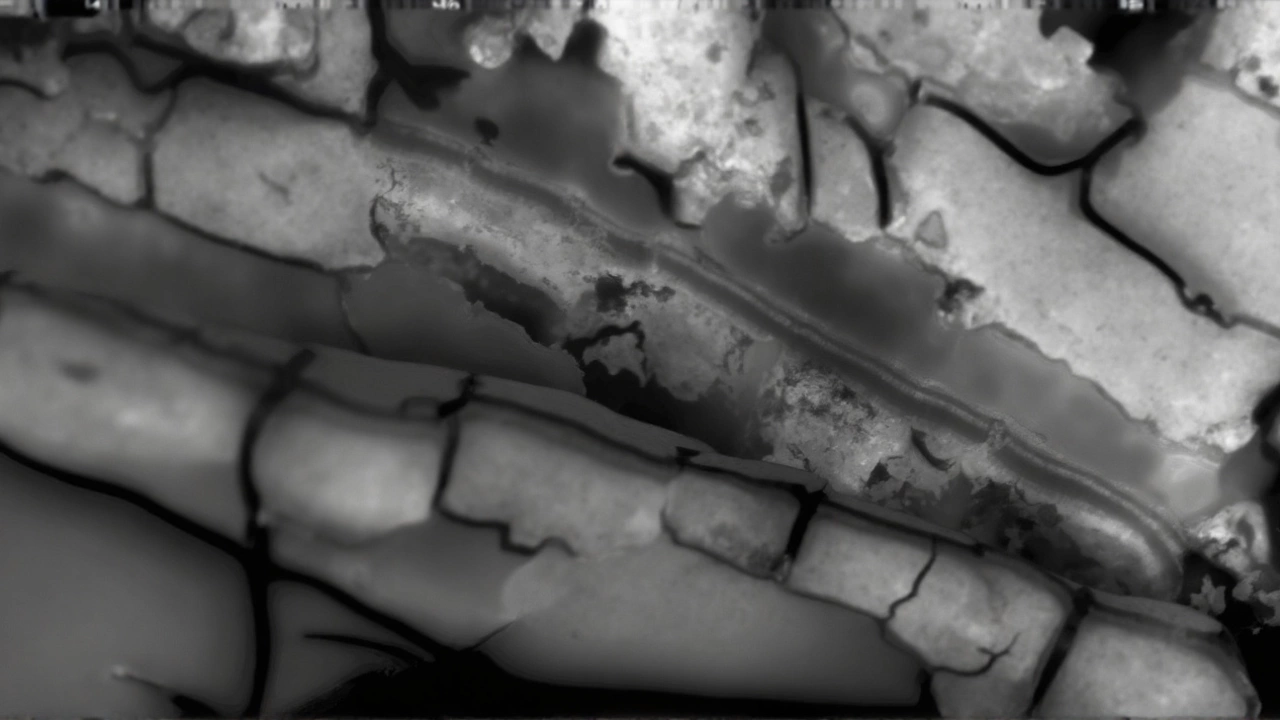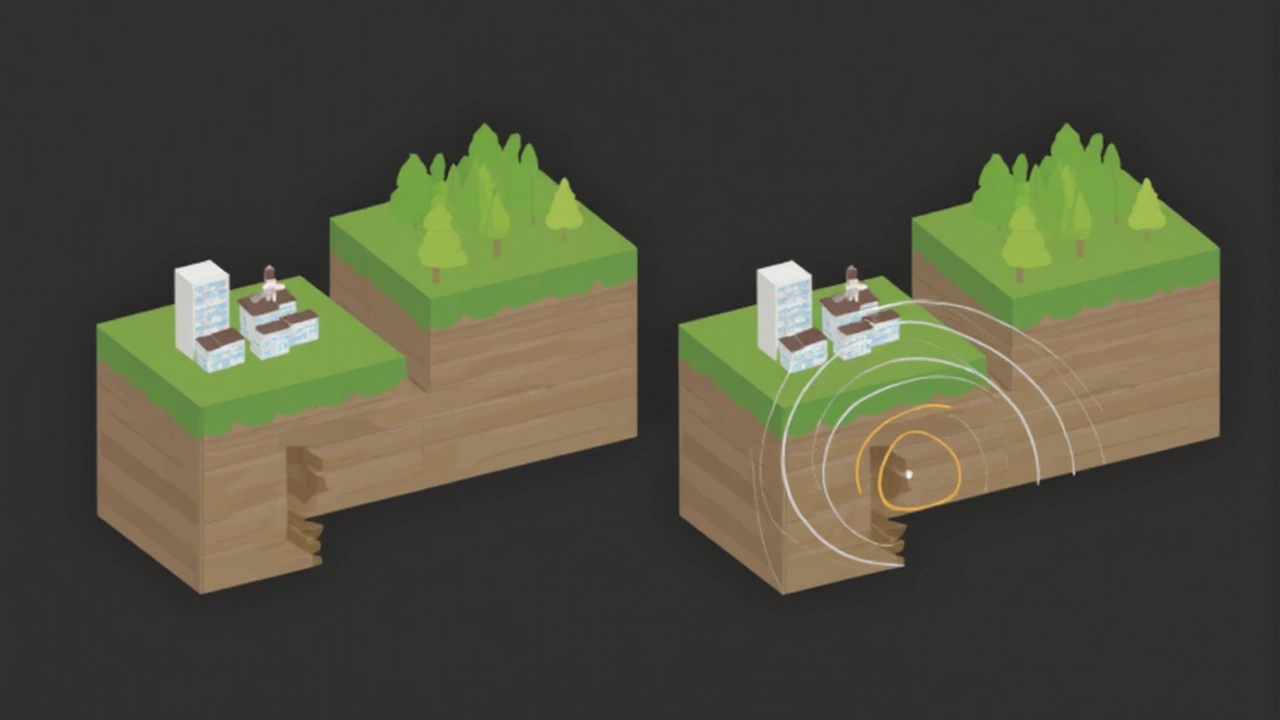When the ground shudders, a few kilometers can mean the difference between a cracked wall and a collapsed building. The depth at which an earthquake originates—its hypocenter—acts like a natural amplifier or dampener for the shaking that reaches us.
Why Depth Matters
Seismic waves travel outward from the rupture point, radiating through rock layers of varying density. In a deep quake, those waves must traverse hundreds of kilometres of crust and mantle before they surface. Each encounter with a different material saps energy, a process geophysicists call wave attenuation. By the time the motion arrives at the ground, the intensity is markedly reduced.
Conversely, shallow earthquakes sit just a few kilometres below us. Their waves have a short runway, so they retain most of the original kinetic punch. The result is a rapid, high‑amplitude shaking that can topple poorly anchored structures, rupture pipelines, and liquefy saturated soils.
Depth ranges from the surface to roughly 800 km. Most destructive events fall in the upper 70 km, where the crust is still brittle enough to fracture violently. In subduction zones, where an ocean plate dives beneath a continental plate, deeper quakes can reach 600 km, but they rarely cause the catastrophic surface damage seen in shallow settings.

Beyond Depth: Other Damage Factors
Depth is a heavy hitter, but it shares the stage with several other players that dictate how much havoc an earthquake can wreak.
- Magnitude: Larger magnitudes release exponentially more energy. A magnitude 8 releases roughly 30 times the energy of a magnitude 7.
- Location: An 8.0 quake under the ocean may feel like a mild tremor on land unless it spawns a tsunami. The same magnitude beneath a metropolis is a recipe for disaster.
- Geological conditions: Soft sediments and water‑logged soils amplify shaking, often turning upright houses into toppled piles. Solid bedrock can dampen motions, acting as a natural buffer.
- Population density: More people and infrastructure in the quake zone translate directly into higher casualties and economic loss.
- Building standards: Regions with strict seismic codes—think reinforced concrete frames, base isolators, and ductile steel—fare far better than places where old, unreinforced masonry dominates the skyline.
These variables interact in complex ways. A moderate‑size shallow quake striking a densely populated area built on soft river delta sediments can rival the devastation of a rare great‑magnitude deep event in a remote, rugged terrain.
Historical data supports this combination. The 2010 Haiti quake, a magnitude 7.0 shallow event, devastated Port‑au‑Prince, killing over 200,000 people largely because of fragile construction on sedimentary layers. In contrast, the 2011 magnitude 9.1 Tōhoku earthquake, while massive and deep, caused comparatively fewer direct deaths, though its tsunami inflicted massive loss of life.
Science has quantified the energy differences too. Roughly three million magnitude‑4 quakes equal the energy released by a single magnitude‑8 tremor. Yet the frequency of smaller events means they dominate daily seismic noise, while the rare, great quakes command headlines.
Understanding depth’s role reshapes earthquake preparedness. Seismic hazard maps now assign higher risk scores to regions prone to shallow events, prompting stricter building regulations. Early‑warning systems, which rely on detecting the first P‑waves, have less lead time for shallow quakes, underscoring the need for immediate “drop, cover, hold on” drills.
Research priorities also tilt toward monitoring shallow fault zones. Advanced underground arrays, coupled with satellite interferometry, help pinpoint shallow ruptures quickly, offering vital minutes for emergency responders.
Policymakers are taking notes. After the 1994 Northridge quake, California overhauled its building code, emphasizing retrofitting of older structures and mandatory shear walls. Cities with similar seismic exposure—Tokyo, Istanbul, Mexico City—have followed suit, embedding depth considerations into urban planning.
In practice, the public can mitigate risk by securing heavy furniture, anchoring water heaters, and maintaining emergency kits. Knowing that a shallow quake can strike with barely a warning, preparedness becomes a daily habit rather than an occasional drill.
While the planet will continue to shift and grind beneath us, the science of depth gives us a clear lever for reducing harm. By marrying geological insight with robust engineering and community awareness, societies can turn the raw power of shallow earthquakes from a death sentence into a manageable hazard.
